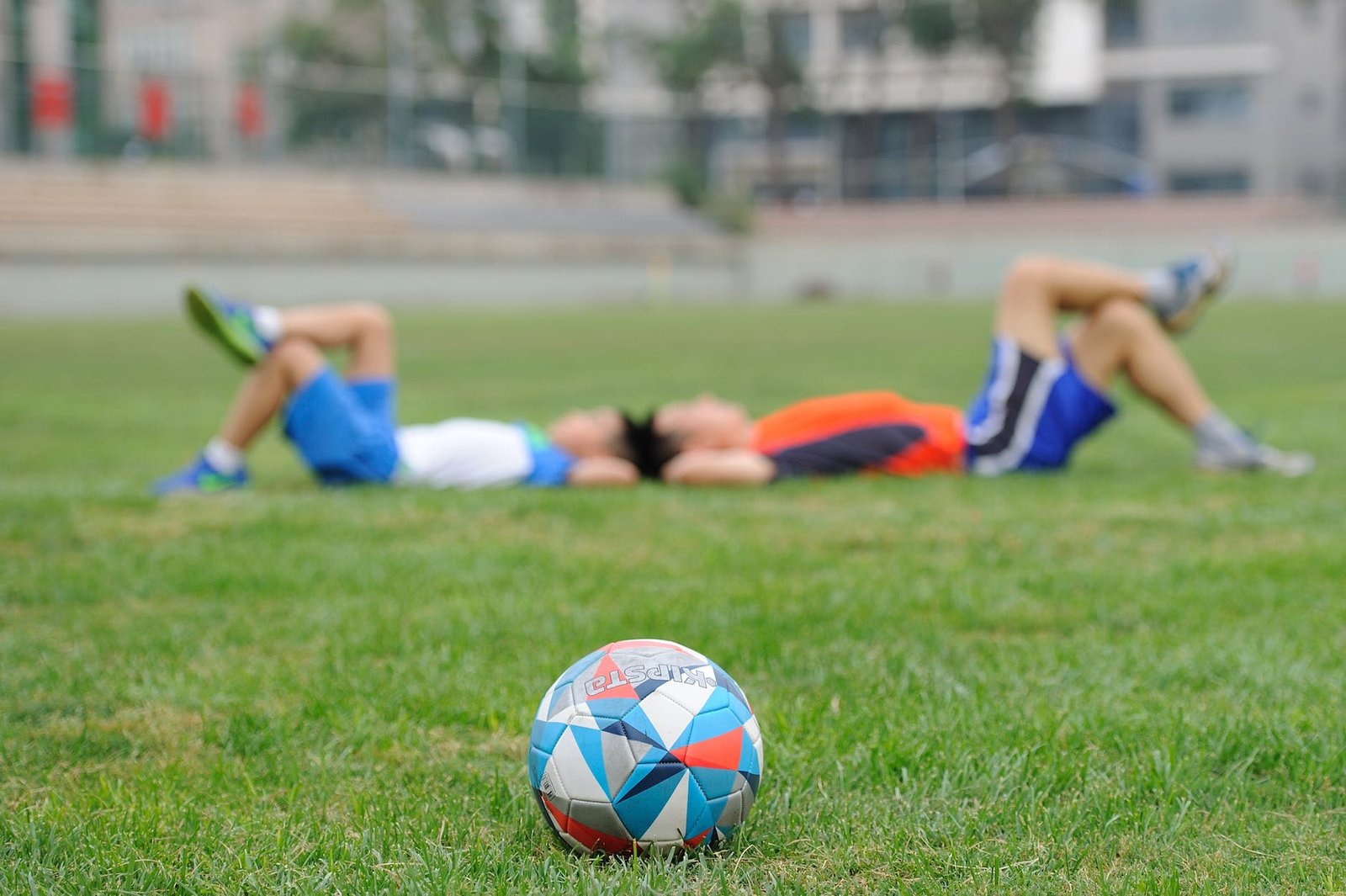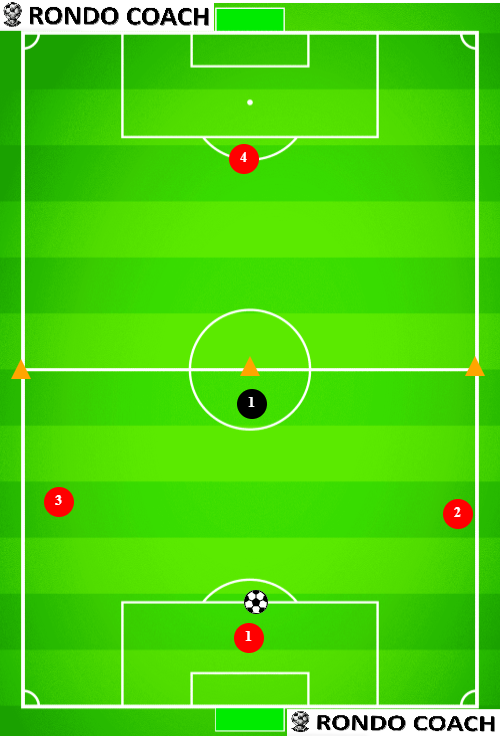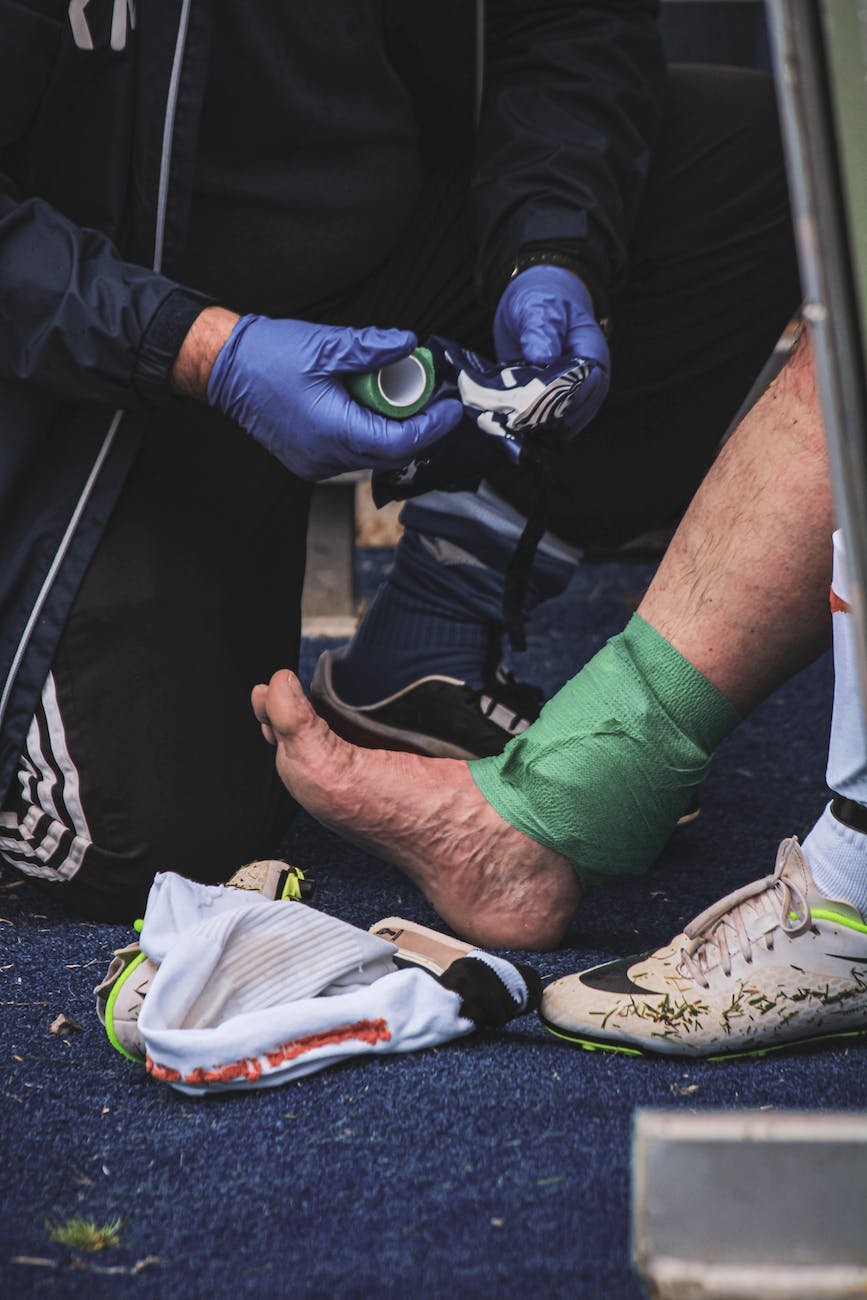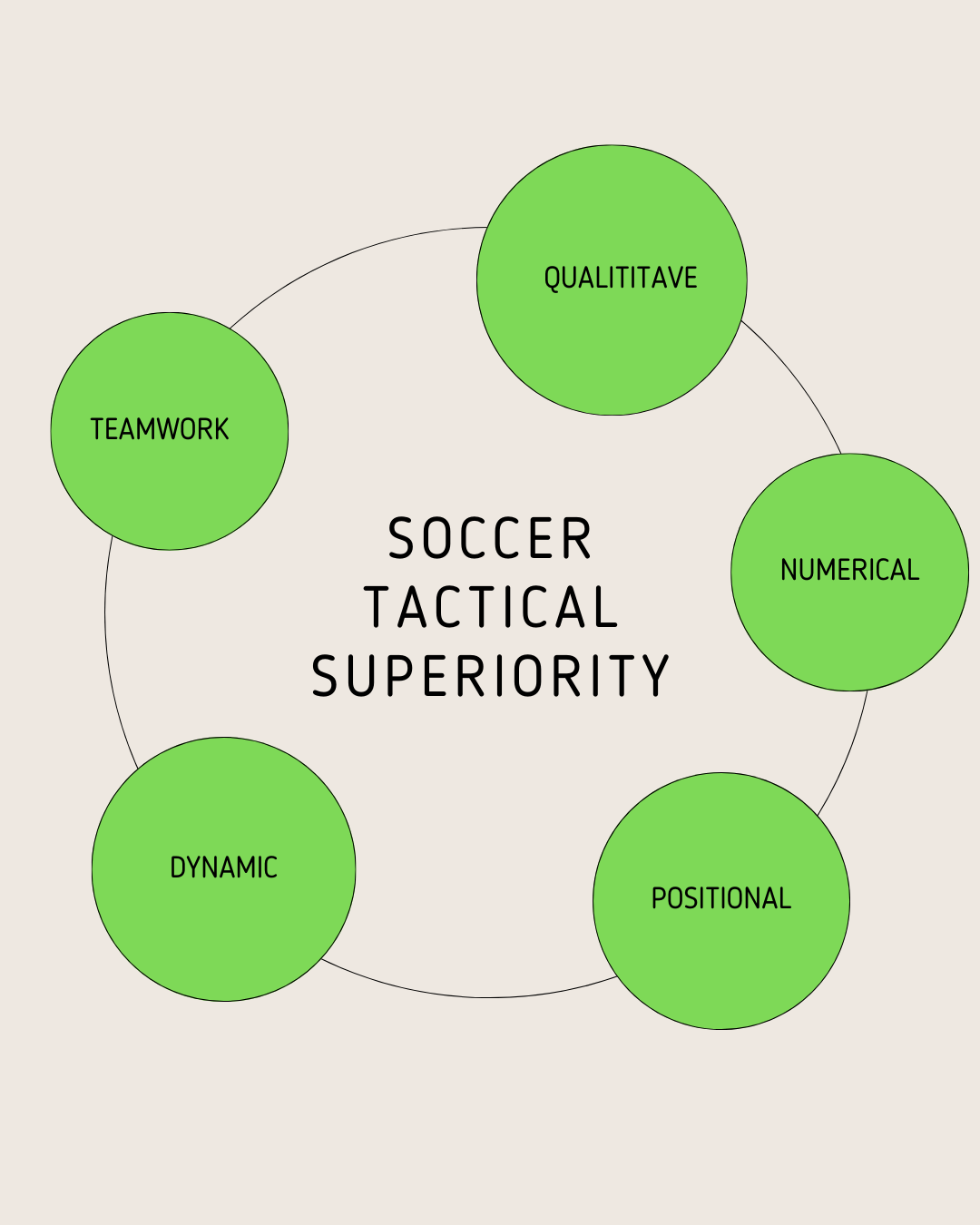Top Soccer Coach Gifts [Complete Guide 2025]
One of my mentors, a soccer coach, was having an “after-practice chat” with his players, playing at a U16 level. He asked them: “How do you get to have good teammates?”. Nobody answered. “You need to deserve good teammates. By being a good teammate yourself! How do you deserve a good coach?”. They were smart and got the answer: “By deserving a good coach!”. The system of volunteer soccer coaches in the USA, often by parents, and much of the world dictates that the hard work of the coaches often goes unrewarded. With that in mind, you need to ask yourself, how do you show appreciation for a great coach? I’ve seen players and parents excel in selecting thoughtful soccer coach gifts that don’t cost much, but have an enormous emotional impact on the coach and the team.
What are the best soccer coach gifts?
The best soccer coach gifts are those that create an emotional bond between the team and the coach, often long after both have moved on. I have seen gift cards given to the coaches and that just seems unnecessary and not personal. The right way to do it is to put some thought into it. If you are too lazy to make it personal, at least get them a soccer book about coaches. I am happy to help with some of the best gifts I have received or have seen being given to other coaches. It is up to you in the end to decide which one fits your coach, so let’s go through them and you take your pick!
Picture Frame with Photos
One of my favorites is a personalized picture frame and team photos of each game of the season. I occasionally rotate through them. The players are now much older, but I still have the pictures from U10 and cycle through them on that picture frame. I think somewhere between 5 and 15 photos is a good number. Ideally, the players would also sign the photos at the back. Putting that all together with the picture frame creates a perfect, inexpensive gift for the coach – ideally at the end of the season.
Soccer Coach Hoodie
This one is just fun, while also being practical. Ideally, you would pick colors that fit the club colors, too. For example, if the uniforms that the team usually wears are black and white, then don’t pick a red or blue hoodie. Of course, this can work with other clothes, usually a T-shirt or a hat. Socks are usually not great, as they often wouldn’t show – a reminder that you are buying a gift for the coach, not the players. Just don’t get something that is hard to find the right fit, including any kind of shoes.
Whistle
I personally don’t use whistles when coaching, but I occasionally act as a referee or need to lend my whistle to a referee. This often happens at the youngest age groups where we have a parent act as a referee. For this purpose, having a whistle or two is great. I would likely not buy one myself, so it’s great that I got one as a present. It’s either that the players saw that I can use one or they prefer me using the whistle than my voice. Well, obviously that is not going to change anytime soon.
Tumbler
Unlike other sports, soccer can be played in rough weather. I never use an umbrella, but my players can often see me with a tumbler full of hot tea during evening practice or coffee for early games. I don’t run as the players do and often have multiple games in a row. In fact, I often have a second tumbler in the car after the game. So, having a quality tumbler that keeps the temperature is important. When spending such a long time on the pitch, I just need enough warm tea and some protein bars and I am good to go.
Water Bottle
The other side of the coin – summer weather can be brutal in some places. I always have at least two water bottles. When the players are very young, I often have several spare ones, as they always forget theirs. In fact, more often they just don’t bring enough. This is true for both boys and girls playing soccer. So, I just transfer some of the water from one of my gigantic water bottles into their empty ones. In any case, I always have one with me, so it’s an easy, practical gift that can bring good feelings to every practice and every game.
Soccer Tactics Board
This one is a little tricky and depends on the coach. When the players are very young, this can create more chaos than benefit. They might think it’s a toy and not focus on the actual tactic. However, as they get into their teenage years, the coach needs a tool to quickly show a concept to them.
One idea to personalize it is to sign it on the backside with a Sharpie. And this doesn’t have to be an electronic one. In fact, the idea for this gift is a signed tactics board I have seen gifted to a fellow coach many years ago, even before I met him.
Decision time
I hope this is a good guide on the soccer coach gifts. As a soccer coach for many years, I appreciate all the gifts that I have received from my players and parents. It was never about the cost, as I often spend way more on prizes for the players, but about the amazing memories and the way these gifts make me feel every day. Buying gifts is hard and each person is different in what they like. You will need to think a little bit about the person you have as a coach. However, I hope that this gift guide helps you with several ideas on what to consider buying for them. If you have other ideas, please reach out, happy to include them!



























